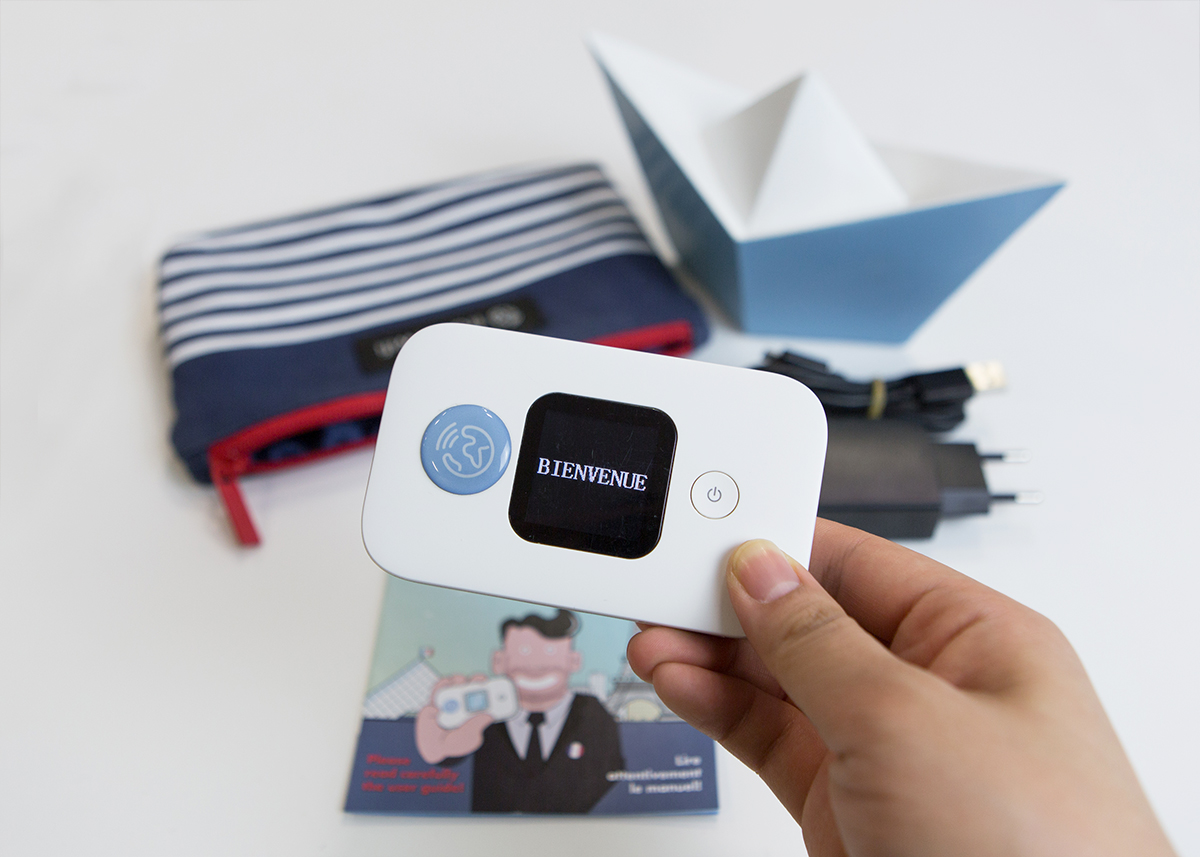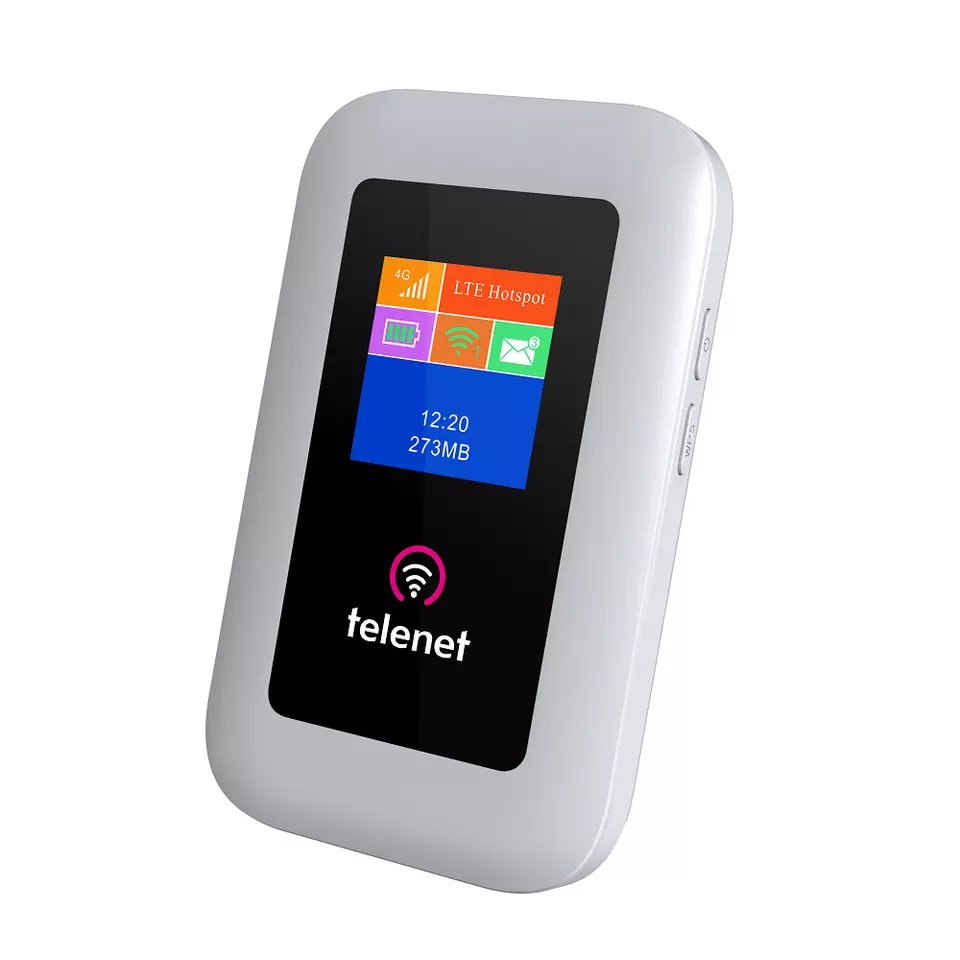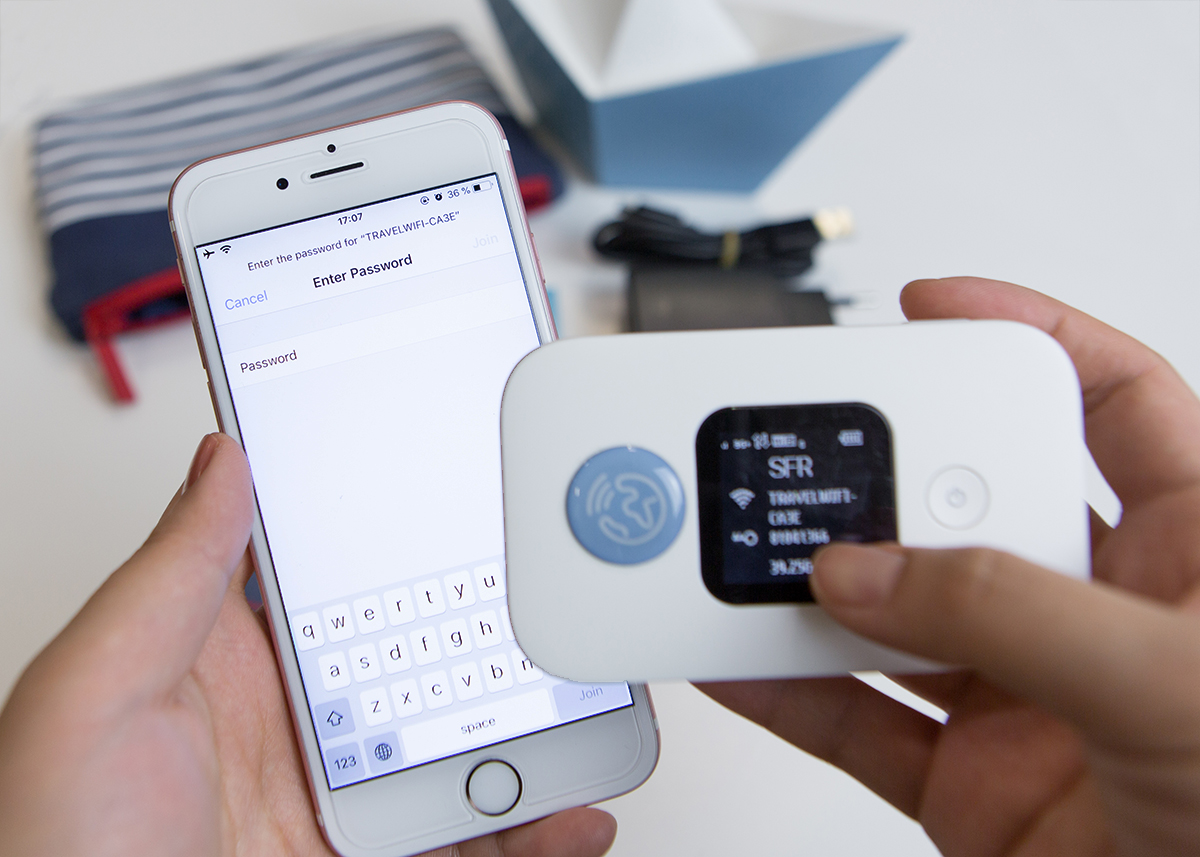Travel WiFi: The Ultimate Guide to Staying Connected While Traveling
In today’s fast-paced, interconnected world, staying connected while traveling is more important than ever. Whether you’re navigating through a foreign city, keeping in touch with family and friends, or working remotely, reliable travel WiFi is essential. But what exactly is travel WiFi, and how can you find the best options? In this comprehensive guide, we will walk you through everything you need to know about travel WiFi, from how it works to where to find it and how to choose the best plan for your needs.

What is Travel WiFi?
Travel WiFi refers to portable WiFi hotspots or internet solutions that allow you to stay connected while traveling internationally or domestically. Unlike relying on public WiFi networks, which can be slow or insecure, travel WiFi offers a dedicated, secure internet connection that you can use wherever you go.
- Portable WiFi Hotspots: A small device that creates a personal WiFi network, enabling you to connect multiple devices (like your phone, laptop, or tablet) to the internet without needing local SIM cards.
- SIM Cards: Some companies offer local SIM cards that provide internet access on your smartphone at affordable rates. This is often ideal for short trips or if you’re only visiting one country.
Why You Need Travel WiFi
1. Stay Connected Anywhere
One of the biggest challenges while traveling is finding a reliable internet connection. Travel WiFi ensures that you always have access to fast, secure internet, whether you’re in a bustling city or a remote location.
- Need to check emails? No problem.
- Want to use navigation apps? Done.
- Looking to share photos on social media? Easy.
Having access to WiFi anytime, anywhere, is no longer a luxury, it’s a necessity.
2. Cost-Effective Communication
When traveling internationally, roaming charges can add up quickly, especially if you’re using your phone’s data plan. By renting or purchasing a travel WiFi hotspot, you avoid excessive roaming fees and enjoy affordable internet rates.

3. Security
Public WiFi networks in cafes, airports, or hotels are often unprotected, making them targets for cyberattacks. With a dedicated travel WiFi device, you’re using a secure connection, ensuring your personal data remains safe.
4. Easy to Set Up and Use
Setting up a travel WiFi hotspot is incredibly easy. Just pick up the device, turn it on, and connect your devices using the password provided. Most portable hotspots have a simple, user-friendly interface that makes them perfect for travelers of all ages and tech expertise levels.
Types of Travel WiFi Solutions
There are different types of travel WiFi options to choose from, depending on your travel habits and destination. Here’s a breakdown of the most popular options:
1. Pocket WiFi Hotspots
These small, portable devices are the most common solution for travelers who need constant internet access. Pocket WiFi hotspots allow you to connect several devices at once, making them ideal for group trips or business travelers.
- Advantages:
- Connect multiple devices.
- Wide range of data plans.
- Convenient and portable.
- Disadvantages:
- Requires charging.
- May be limited by data caps.
2. Mobile Data SIM Cards
For solo travelers or those who prefer to use their own smartphones, purchasing a local SIM card for internet access is a great option. You’ll get a local number and internet plan that works within the country you’re visiting.
- Advantages:
- Cost-effective for long stays.
- No need to carry additional devices.
- Disadvantages:
- Not suitable for multiple devices.
- May require your phone to be unlocked.
3. Roaming Plans from Your Carrier
If you prefer not to deal with additional devices, you can opt for roaming services provided by your mobile carrier. Many carriers offer international data plans, allowing you to use your existing SIM card while traveling abroad.
- Advantages:
- Easy to set up with no need for extra devices.
- Can use your own number for calls and texts.
- Disadvantages:
- Expensive data rates.
- Limited coverage in remote areas.

4. Global SIM Cards
Global SIM cards are designed for frequent travelers who visit multiple countries. These cards offer data services in many countries, allowing you to use the same SIM card across different regions.
- Advantages:
- Works across multiple countries.
- Convenient for frequent travelers.
- Disadvantages:
- Expensive upfront costs.
- May have slower speeds in some regions.
How to Choose the Best Travel WiFi Option
Choosing the best travel WiFi solution depends on your travel style, destination, and the duration of your trip. Here are a few factors to consider when making your decision:
1. Where Are You Traveling?
If you’re visiting just one country, a local SIM card or roaming plan from your carrier might be the most affordable option. However, if you’re visiting multiple countries, a pocket WiFi or global SIM card may be the best choice for seamless connectivity.
2. How Many Devices Do You Need to Connect?
For solo travelers, a mobile SIM card or roaming plan may suffice. But if you’re traveling with family or colleagues, a portable WiFi hotspot that supports multiple devices would be more suitable.
3. How Long Is Your Trip?
If you’re traveling for a short period, a pay-as-you-go pocket WiFi rental could be the best option. For longer trips, you might want to invest in a global SIM card or a local SIM with an extended data plan.
4. Data Speeds and Limits
Check the speed and data limits offered by different providers. If you need to stream videos, work remotely, or use data-heavy apps, ensure the plan you choose offers sufficient speed and data without throttling.
How to Rent or Buy Travel WiFi
Renting or buying travel WiFi is relatively easy. Many services offer both rental and purchase options for portable WiFi hotspots and SIM cards.
- Rental Services: Companies like Skyroam, WiFi Map, and Rent ‘n Connect offer rental services for pocket WiFi devices. You can rent them online before your trip and have them delivered to your hotel or home.
- Purchase Options: If you prefer to buy your own device, retailers such as Amazon, Best Buy, and Obon Paris sell pocket WiFi devices and SIM cards for international travel.
Make sure to compare prices and coverage to find the best deal for your needs.
FAQs About Travel WiFi
1. Is travel WiFi secure?
Yes, travel WiFi is generally secure, especially when you use a personal hotspot. Unlike public WiFi networks, which are often unsecured, travel WiFi uses a private connection that is much safer for online activities.
2. How much data do I need for travel?
The amount of data you need depends on your internet usage. If you plan to use social media, check emails, and browse the web, 1GB per day should suffice. However, for heavy streaming or video calls, you may want to opt for a plan with higher data limits.
3. Can I use travel WiFi in multiple countries?
Yes, many providers offer international travel WiFi that works in multiple countries. If you’re traveling to several destinations, look for global SIM cards or pocket WiFi devices that offer coverage across different regions.
4. How can I find the best travel WiFi provider?
To find the best travel WiFi provider, compare prices, coverage, and data speeds. Read reviews from other travelers, and consider renting or purchasing from trusted providers like Obon Paris or Skyroam.
Conclusion
Whether you’re traveling for business or pleasure, travel WiFi is an essential tool for staying connected on the go. By choosing the right option for your needs—whether it’s a pocket WiFi, local SIM card, or global roaming plan—you can enjoy fast, secure internet wherever your journey takes you.
Remember to consider factors such as destination, data usage, and the number of devices you’ll need to connect before choosing the best option. With the right travel WiFi solution, you’ll have one less thing to worry about while exploring the world.
